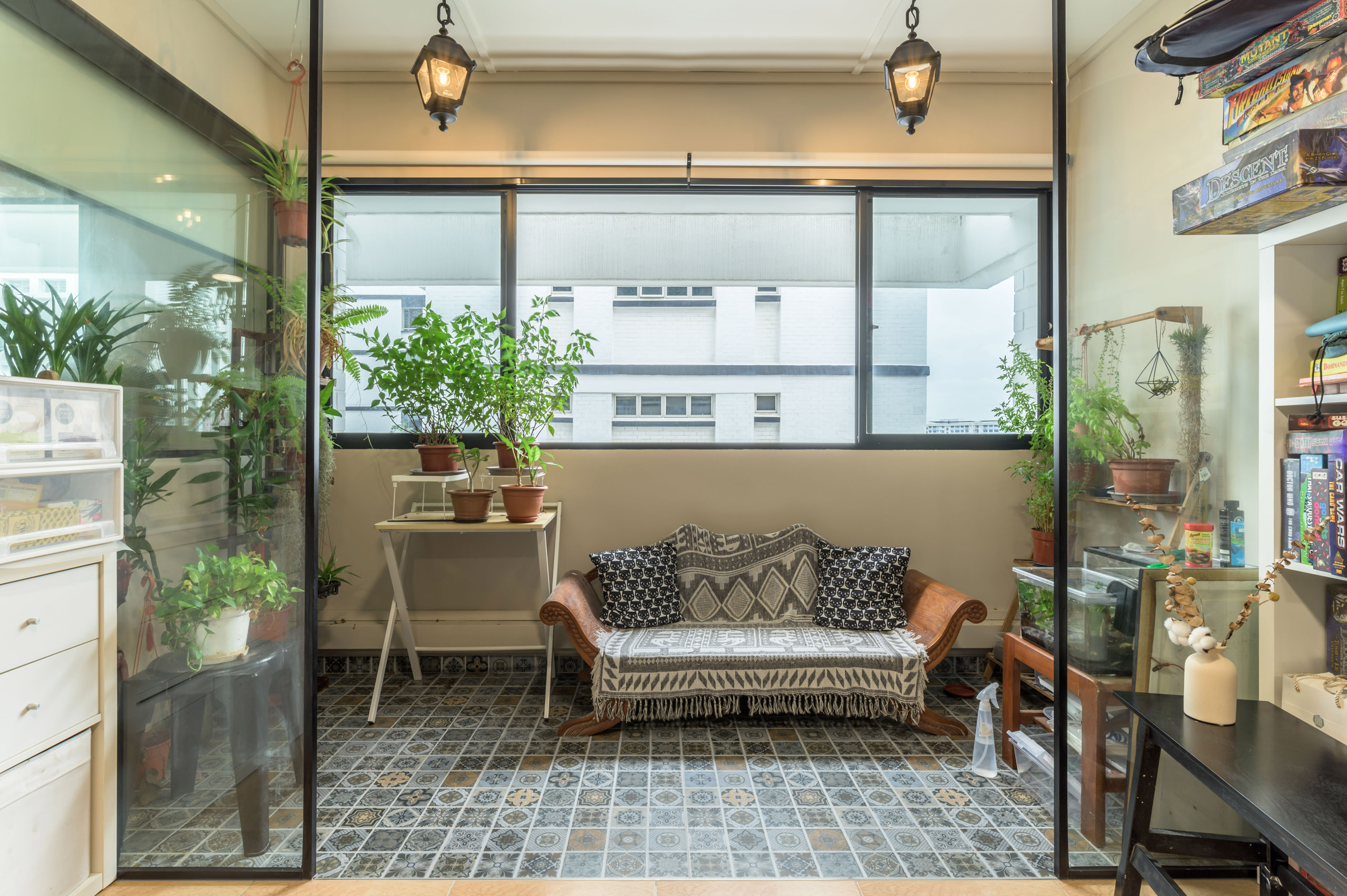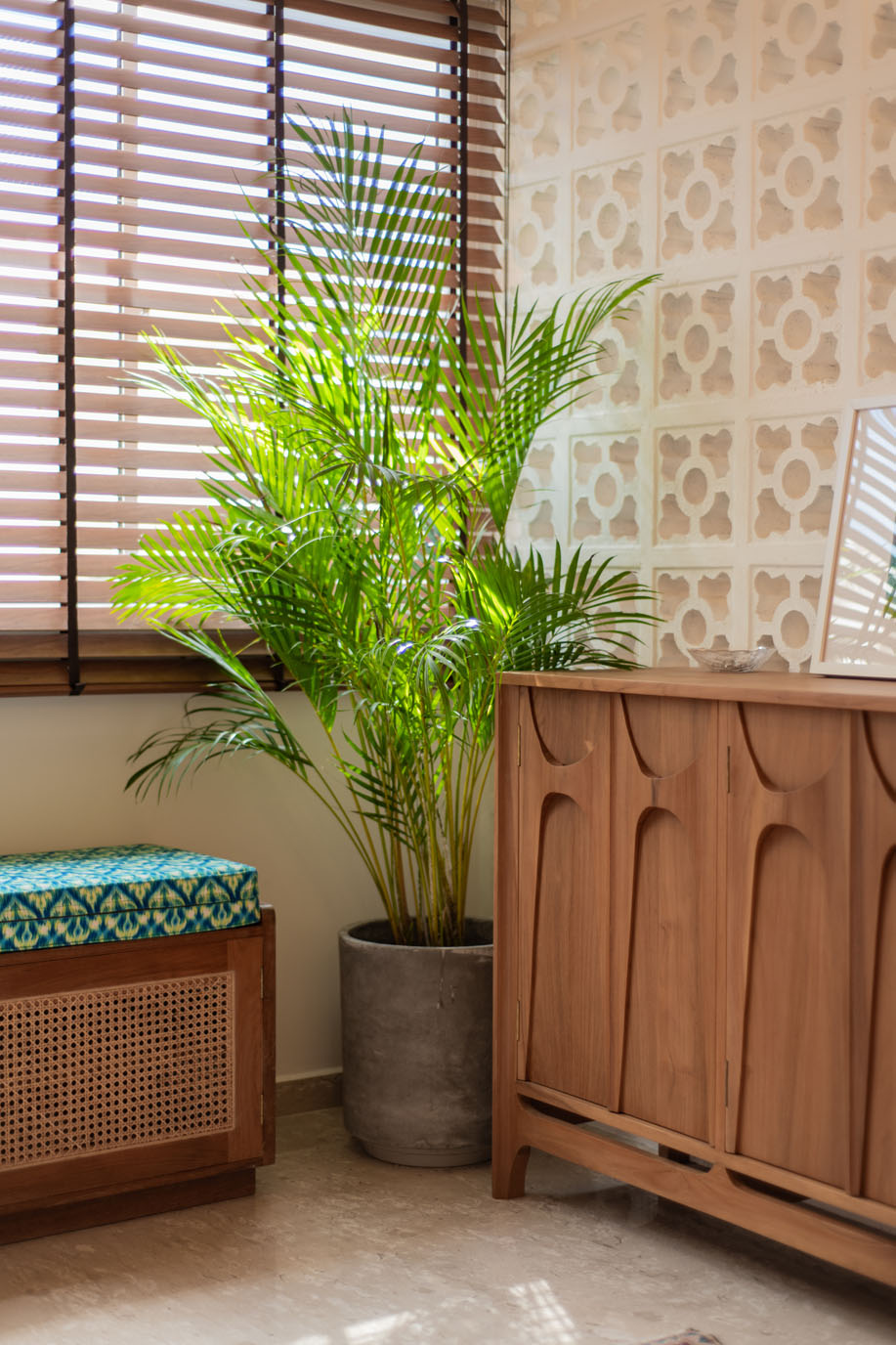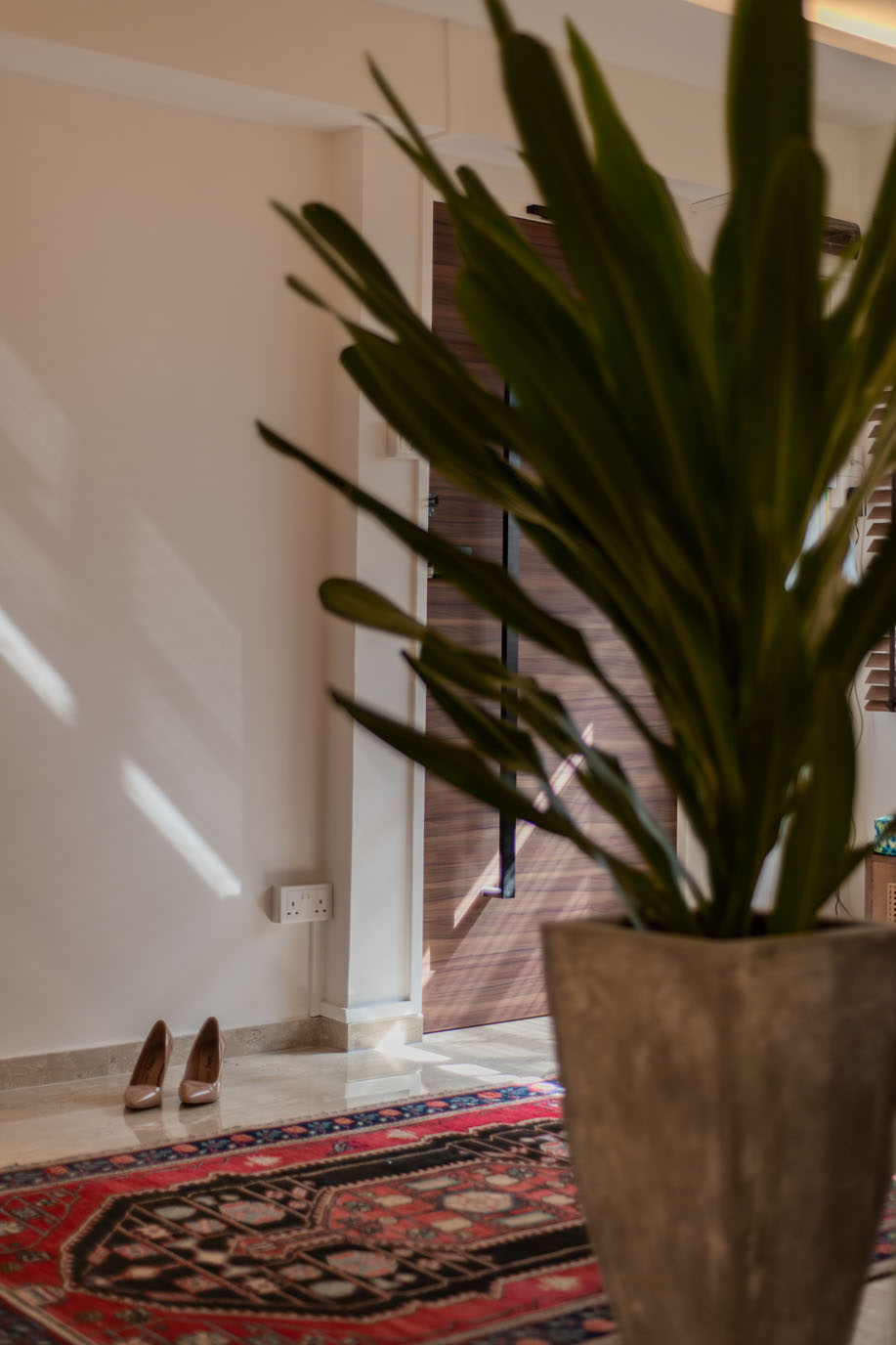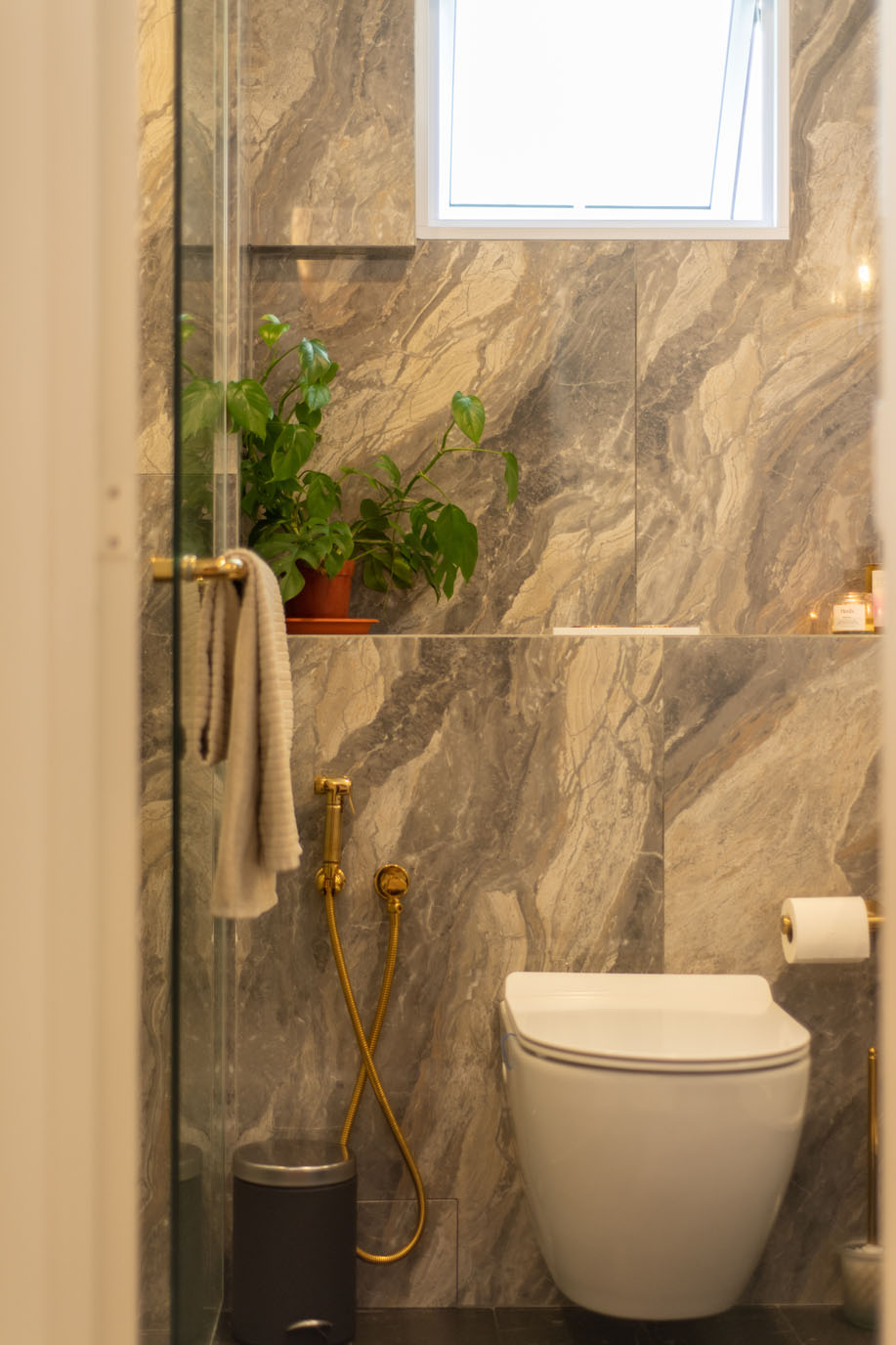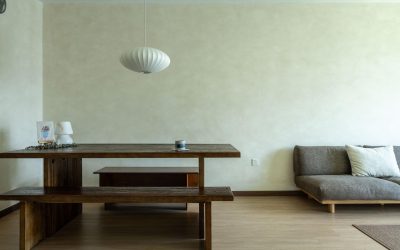In an increasingly urbanized world, the desire to reconnect with nature has never been stronger. This yearning has given rise to biophilic design—a trend that integrates natural elements into interior spaces, promoting well-being and a sense of harmony. Here’s how you can incorporate nature into your home or office to create a serene and revitalizing environment.
1. Natural Materials
Using natural materials like wood, stone, and bamboo can significantly enhance the organic feel of your space. These materials not only add texture and warmth but also create a tactile connection to the natural world.
- Wood: Opt for reclaimed or sustainably sourced wood for furniture and flooring.
- Stone: Incorporate stone countertops, backsplashes, or decorative elements.
- Bamboo: Use bamboo for flooring, blinds, or accent pieces.
2. Indoor Plants
Indoor plants are the most direct way to bring nature indoors. They improve air quality, add color, and create a calming atmosphere.
- Popular Choices: Consider low-maintenance options like snake plants, pothos, and succulents.
- Vertical Gardens: If space is limited, a vertical garden can add a lush, green backdrop to any room.
3. Natural Light
Maximizing natural light in your interiors can dramatically enhance the connection to the outdoors.
- Window Treatments: Use sheer curtains or blinds that allow light to filter through while providing privacy.
- Skylights and Large Windows: If possible, install skylights or enlarge existing windows to flood your space with daylight.
4. Earthy Color Palettes
Incorporating earthy colors inspired by nature can create a soothing and grounded environment.
- Neutral Tones: Shades of beige, taupe, and cream serve as a perfect backdrop.
- Green and Brown: Use various shades of green and brown to mimic the natural landscape.
- Accents: Add pops of color with accessories in shades of blue, yellow, or terracotta.
5. Natural Patterns and Textures
Patterns and textures inspired by nature can add depth and interest to your interiors.
- Botanical Prints: Use wallpapers or fabrics with botanical prints to bring the outside in.
- Textured Fabrics: Incorporate fabrics like linen, wool, or jute for a tactile experience.
6. Water Features
The sound of flowing water can be incredibly soothing and can help create a tranquil environment.
- Indoor Fountains: Small tabletop fountains or larger wall-mounted water features can bring a sense of calm.
- Aquariums: A well-maintained aquarium can serve as a beautiful and relaxing focal point.
7. Natural Shapes and Forms
Incorporate furniture and decor with organic shapes that mimic the forms found in nature.
- Curved Furniture: Choose sofas, chairs, and tables with gentle curves and natural lines.
- Organic Decor: Look for decor items like vases, sculptures, and lighting fixtures that have an organic, fluid design.
8. Sustainable and Eco-Friendly Choices
Sustainability is at the heart of biophilic design. Choose eco-friendly and sustainable options to reduce your environmental impact.
- Recycled Materials: Opt for furniture and decor made from recycled or upcycled materials.
- Energy Efficiency: Use energy-efficient lighting and appliances to reduce your carbon footprint.
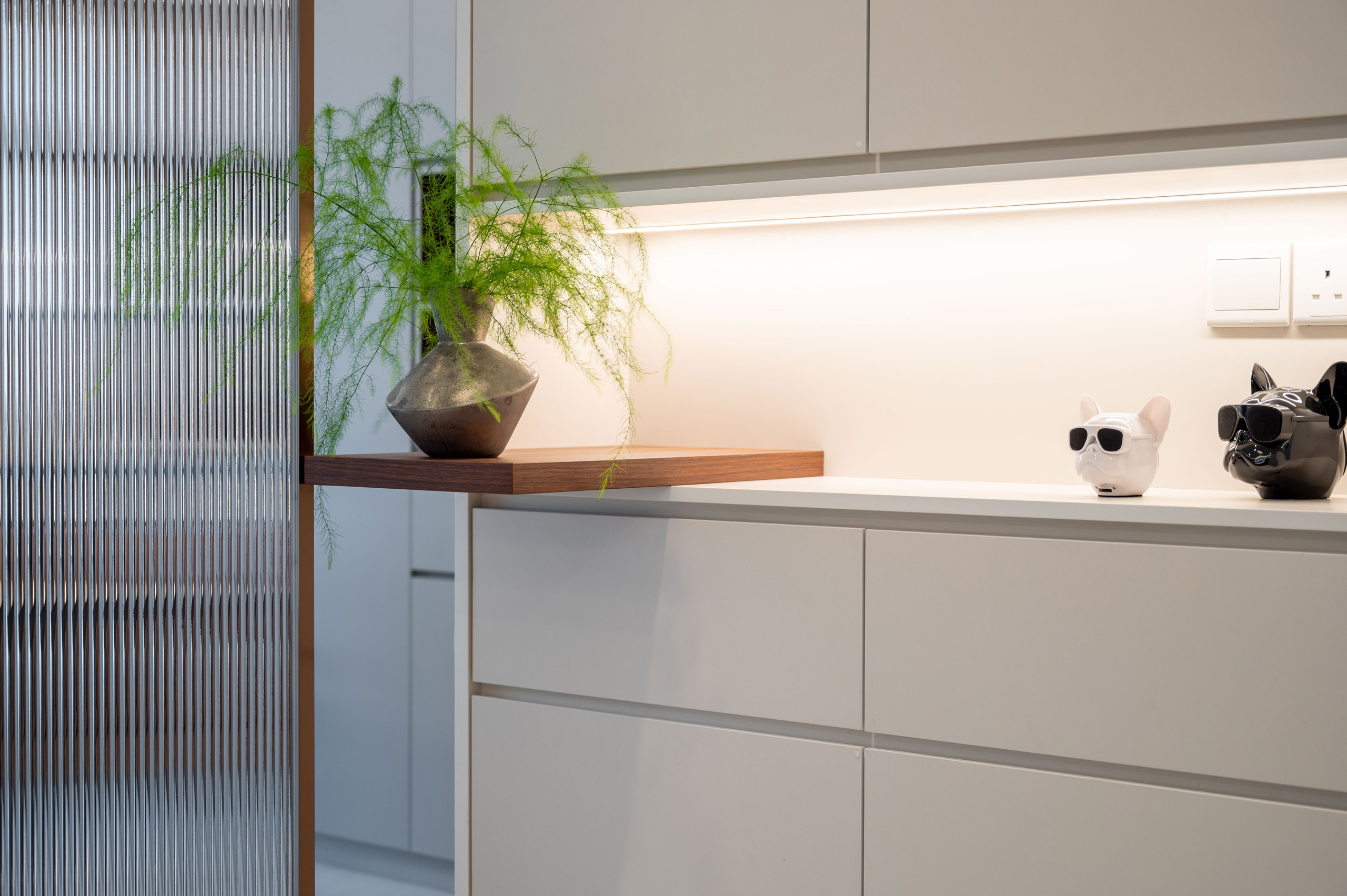
Conclusion
Incorporating biophilic design principles into your interiors can transform your space into a sanctuary that promotes well-being and reconnects you with the natural world. Whether you’re undertaking a complete redesign or making small changes, these elements will help you create a more harmonious and invigorating environment.
By embracing nature in your interior design, you can create spaces that not only look beautiful but also nurture your mind, body, and soul.
Ready to transform home with biophilic interior design? Get started today and let our interior designers bring your vision to life.


